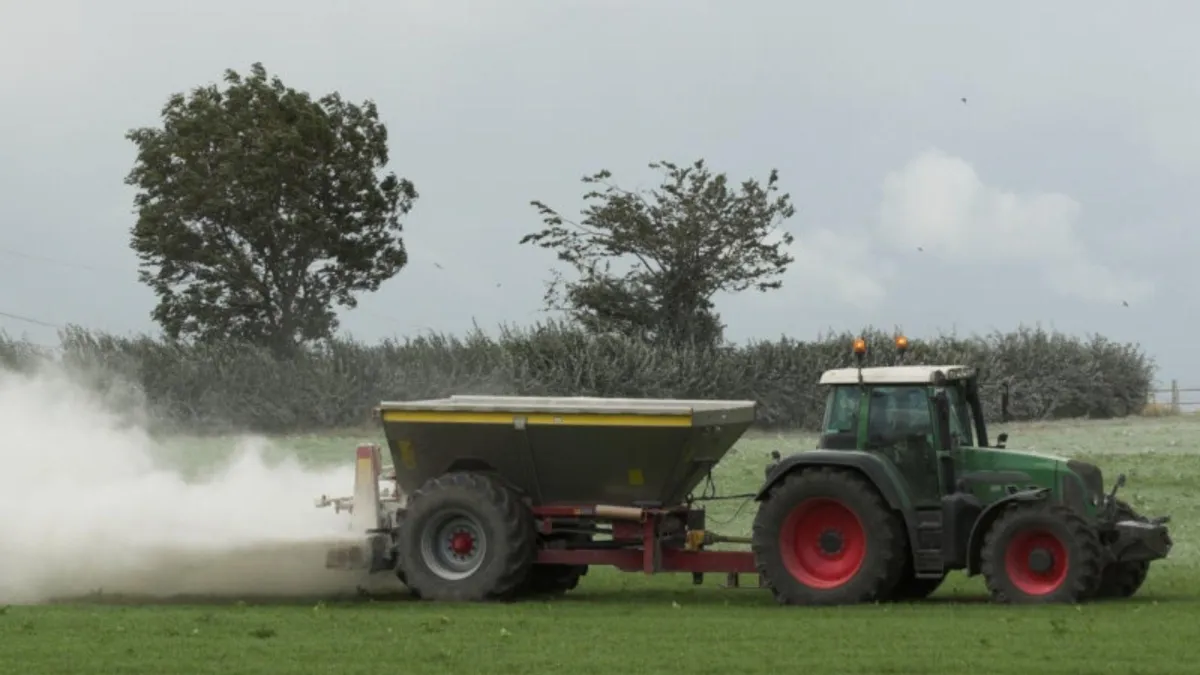
Fertiliser - a big spend on the farm
On sheep and beef farms, fertiliser is often the biggest expense when times are good. Yet in recent years, many hill country farms have seen little to no fertiliser applied in any meaningful quantity. On dairy farms, fertiliser was historically the largest input cost, but in recent seasons, purchased feed has taken the lead.
Despite this investment, fertiliser often fails to deliver a genuine return. In many cases, it's money quite literally down the drain.
Why So Much Confusion?
Fertiliser is one of the most misunderstood aspects of farming. Confusion stems from many sources:
Fertilisers involve chemistry, often explained in technical language that’s hard to follow.
Misinformation is widespread, from both ends of the spectrum: outdated advice and slick marketing.
Fertiliser knowledge demands a good understanding of your soil, which varies widely across New Zealand.
There’s growing debate between conventional chemical fertilisers and practices described as biological, organic, or biodynamic.
A wide range of products and sellers makes it hard to assess credibility.
Environmental concerns and regulation add complexity.
When farmers feel unsure, they may apply too little, too much, or simply copy what their predecessors did. Others are swayed by marketing or anecdotal success stories, applying fertiliser with no clear plan or follow-up.
Soil First, Fertiliser Second
You can’t get the best from fertiliser without understanding your soil. New Zealand has a wide range of soil types, many of them geologically young and highly variable.
To make the most of fertiliser inputs:
Know your soil type and fertility status.
Understand how your soil holds water and nutrients.
Use regular soil tests to track progress.
Fertiliser is most effective when used to address known deficiencies, rather than based on tradition or guesswork.
Why the Conflicting Advice?
Expert disagreement isn’t new. Scientists, consultants, and fertiliser reps have argued for decades. It’s worsened by commercial sensitivities and the blurred line between sales and advice.
In recent years, public debate has shifted toward the environmental impacts of fertiliser use. That’s led to increased interest in biological or organic systems, often accompanied by claims that may not always be backed by science.
Rather than taking sides, it’s best to base decisions on your farm’s specific conditions and goals.
What Makes a Fertiliser Effective?
The value of any fertiliser depends on:
The nutrients it supplies and whether your soil is actually deficient in them.
Whether the form of the nutrient is suitable for your soil type and conditions.
The timing and method of application.
Rainfall, temperature, and pasture demand.
A common trap is seeing a short-term flush of green growth and assuming long-term benefit. Real gains come from building up soil fertility in a measured, consistent way.
Common Pitfalls
No baseline: Applying fertiliser without a recent soil test.
No trial: Not running a simple trial strip to see if the response is worth it.
Believing the brochure: Taking the word of someone trying to sell you something without independent verification.
Confusing terms: 'Artificial manure', 'natural fertiliser', and 'compound fertiliser' all get thrown around with little clarity.
A Bit of Background
Before chemical fertilisers, farmyard manure was the main source of nutrients. It was reliable, but limited in quantity and consistency. The development of synthetic fertilisers in the late 1800s changed everything.
Initially made from industrial by-products like slag and guano, fertilisers evolved into carefully formulated compounds. By the mid-20th century, aerial application allowed large-scale spreading in hill country, and product types were tailored to crops and soil types.
Despite a century of use, we still grapple with understanding how to use fertilisers efficiently and profitably.
Takeaways for Lifestyle Farmers
Start with a soil test, and repeat it every few years.
Learn about your soil type and its strengths and weaknesses.
Match fertiliser inputs to actual needs—not assumptions.
Be cautious of one-size-fits-all solutions or dramatic claims.
Keep records to track whether your inputs are delivering value.
Learn More
Our Soil & Fertiliser ebook offers a detailed, practical look at fertilisers, soil types, and how to make the most of your inputs.

